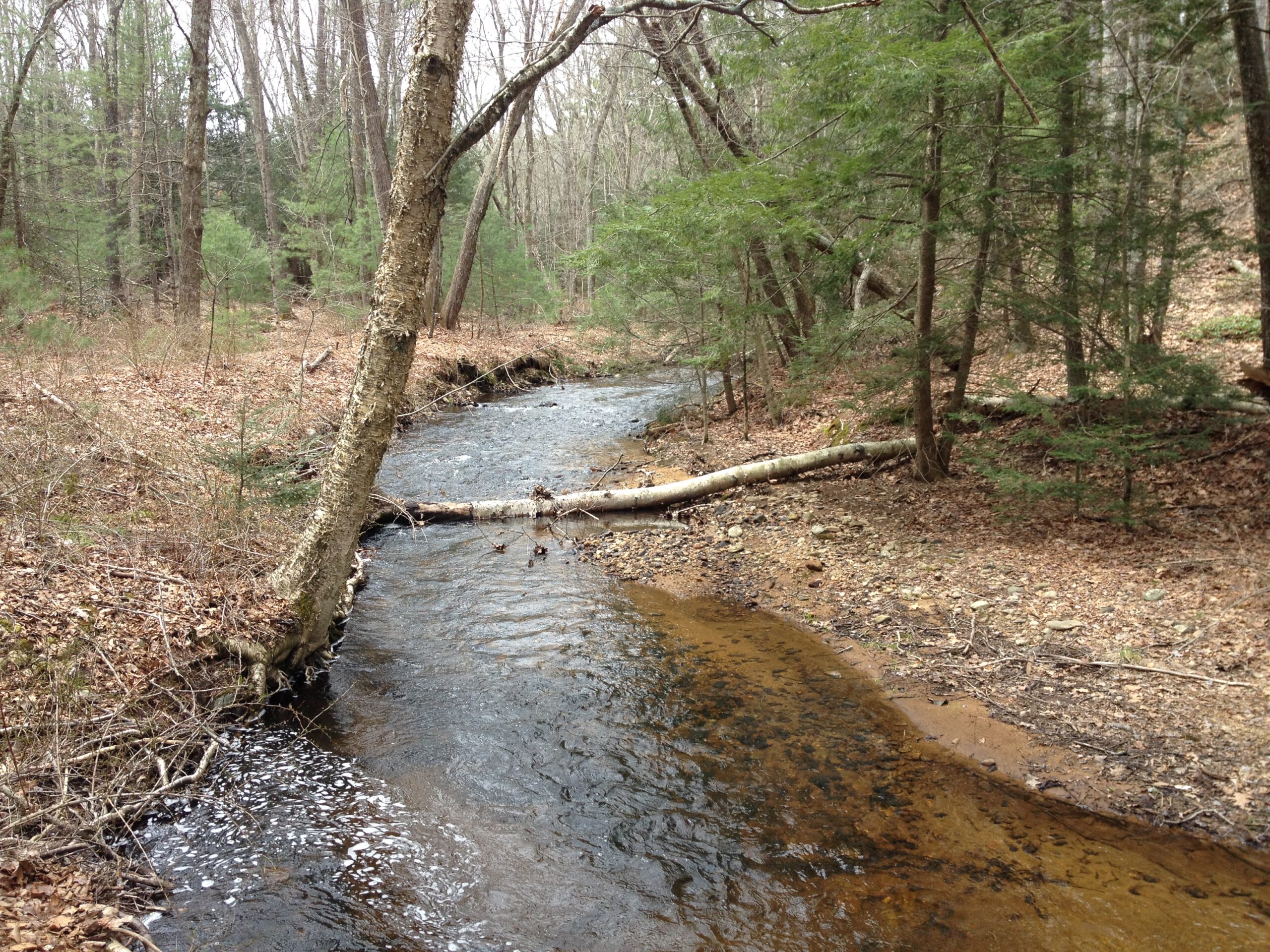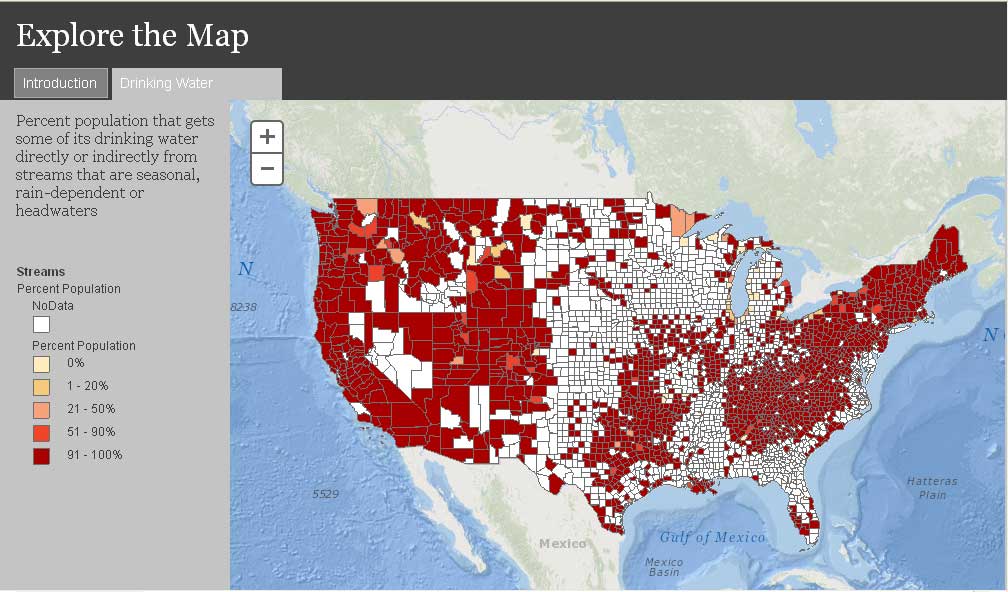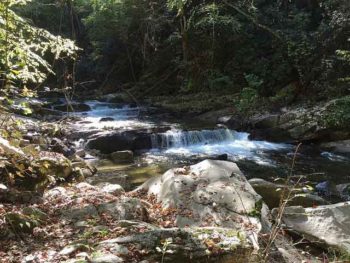Protecting Small Streams and Wetlands

The Clean Water Act (CWA) was intended to protect all of our waters – from the small streams to the mightiest rivers. And for 30 years, that’s how the law was interpreted.
In recent years, however, Supreme Court decisions and subsequent agency guidance have jeopardized protections for over half of our streams that provide drinking water to 117 million Americans and removed protections for 20 million acres of wetlands.
Our Waters Are Connected
You may know them simply as a small creek running through the backyard, or the little stream that only appears when it rains. They may not consistently flow with water or even have a name, but headwater streams are where all of our nation’s iconic rivers begin.

While they may not get a lot of credit, this graphic from the Environmental Protection Agency demonstrates just how reliant many of us are on them for some or all of our drinking water.
Across the country, approximately 117 million Americans rely on small headwater streams at least in part for their drinking water supply.
This map shows the percentage of the population by county that gets at least some of their drinking water from these small streams.
Why Care About Small Streams?
Small streams are where every river begins, from the Colorado to the Mississippi.

As other tributaries join them, small streams grow larger, eventually earning the title “river.”
The character of any river is shaped by the quality and type of numerous tributaries that flow into it. Each of the tributaries is, in turn, the creation of the upstream waters that joined to form it.
Each small stream and river varies in shape and character, depending on the climatic region.
What Are the Benefits of Small Streams
Like the capillaries that connect to our bloodstream, the health of these small streams and wetlands is critical to the health of the entire river network. They provide these key benefits.
Habitat
Small streams and wetlands offer an enormous array of habitat for plant, animal, and microbial (bacteria and fungi) life. These small freshwater systems provide shelter, food, protection from predators as well as spawning sites and nursery areas. In fact, many species depend on small streams and wetlands at some point in their life history. Amphibians such as frogs and salamanders rely heavily on these aquatic systems for some part of their life cycle. While fish such as trout require these cool, small streams for both habitat and spawning sites.
Biodiversity
Headwater streams house a large number of unique taxa. A recent study suggests headwater streams support over 290 taxa, some of which are unique to only headwater stream habitats and are not found in larger rivers.
Food Web
Headwater streams provide a rich resource base for productivity of stream food webs, providing food for animals living within the stream as well as food for animals living downstream. Animals living within the stream often also become a food resource for those animals living in the landscape. Specifically, birds, snakes, and bats often consume stream animals including insects, salamanders, and fish for prey. Headwater streams are not only important for stream food webs but for terrestrial food webs as well.
Clean Water
Scientific research has demonstrated healthy headwater streams are critical to healthy downstream streams, rivers, lakes, and estuaries. Headwaters have proven especially important with regards to their significant capacity to store and transform nutrients (nitrogen and phosphorus). Without this function, downstream waters would receive elevated amounts of nitrogen and phosphorus that cause algal blooms and low oxygen (eutrophication) in reservoirs and coastal areas. Areas with low oxygen, referred to as “dead zones” have detrimental effects on fisheries in well-known areas such as the Gulf of Mexico and the Chesapeake Bay.
Flood Control
Headwater streams absorb significant amounts of rainwater, runoff and snowmelt before flooding. A key feature of the streams absorption capacity is the natural, rough streambed. Friction with a stream’s gravel bed, rocks, and dams of leaf litter and wood slow downstream flow allowing water to seep into soil banks, thereby recharging groundwater and reducing flooding. These benefits provided by headwater streams are vital to all communities.
